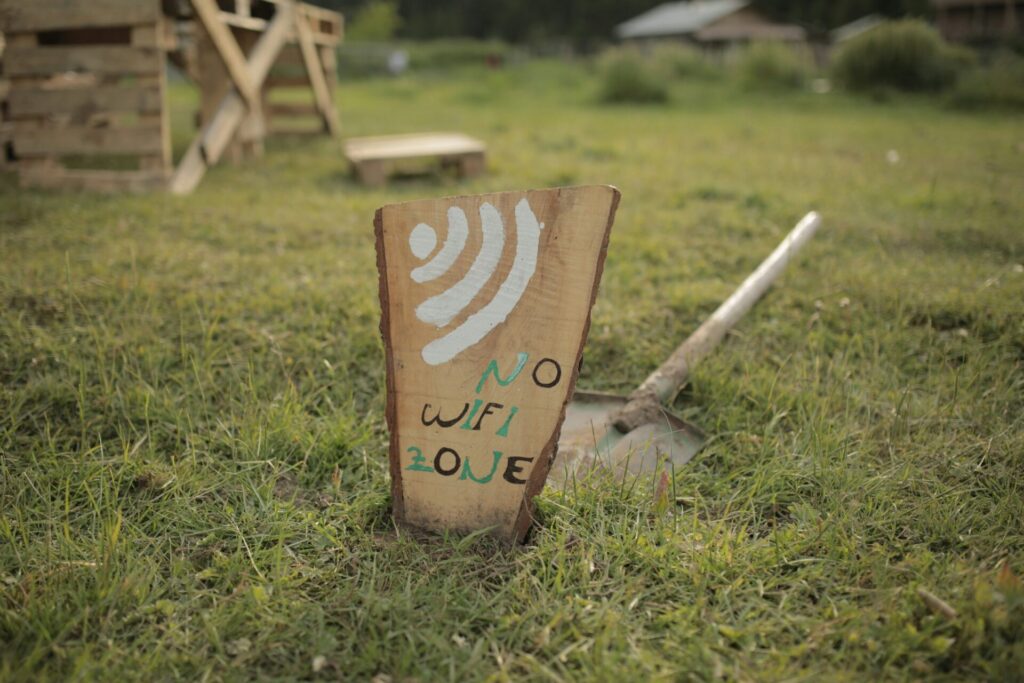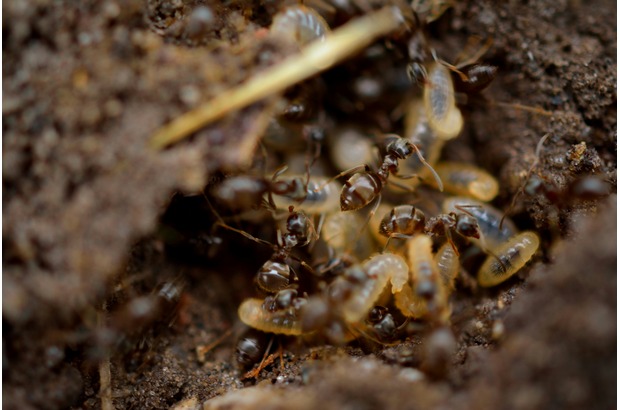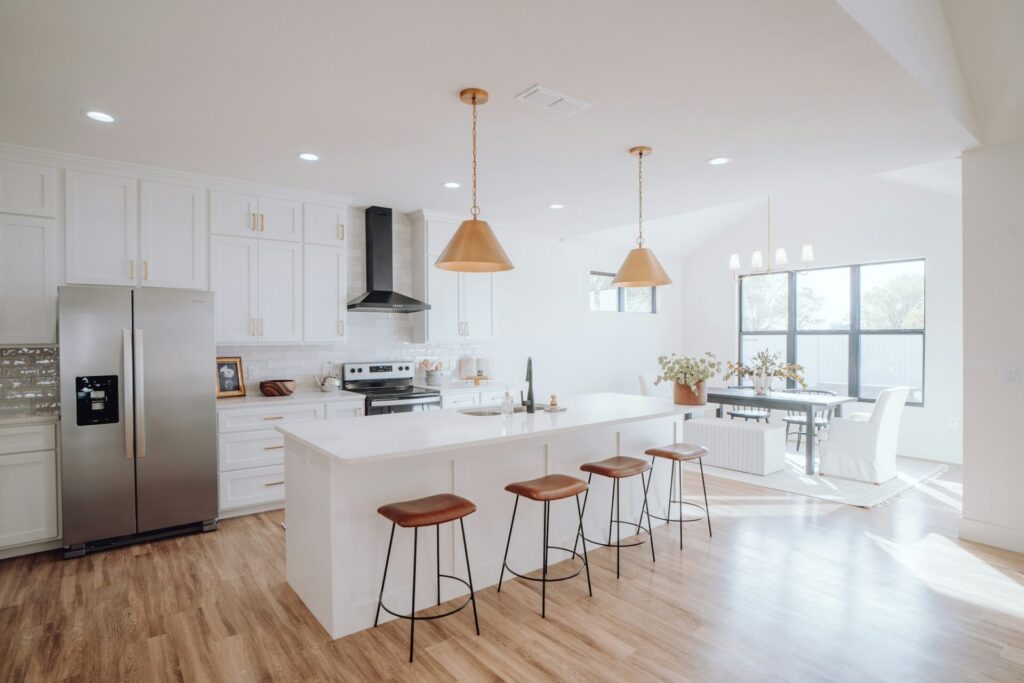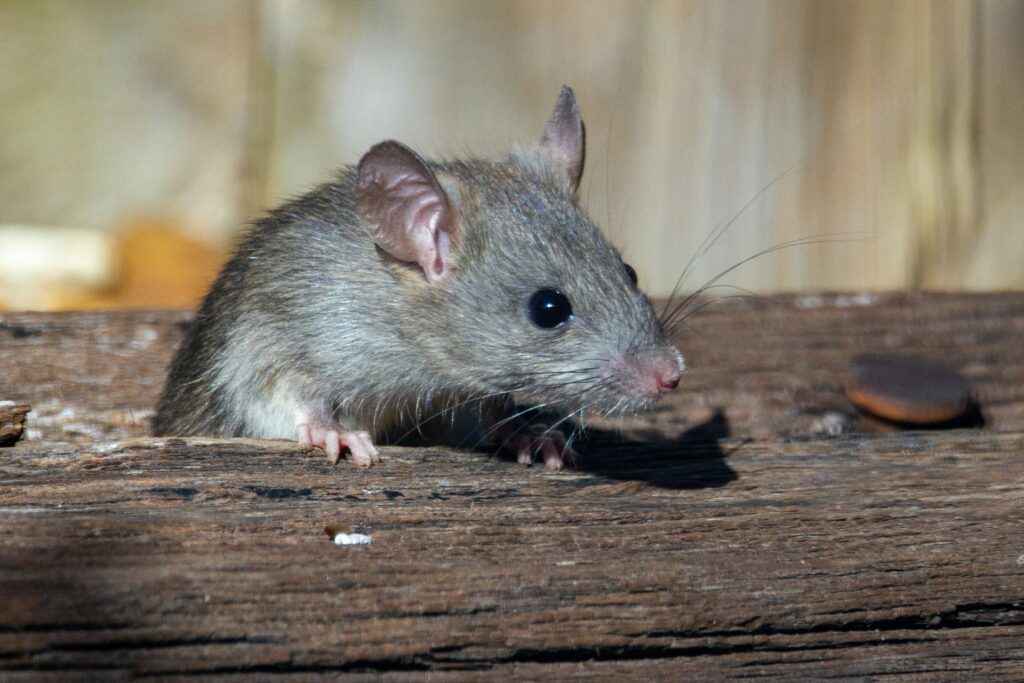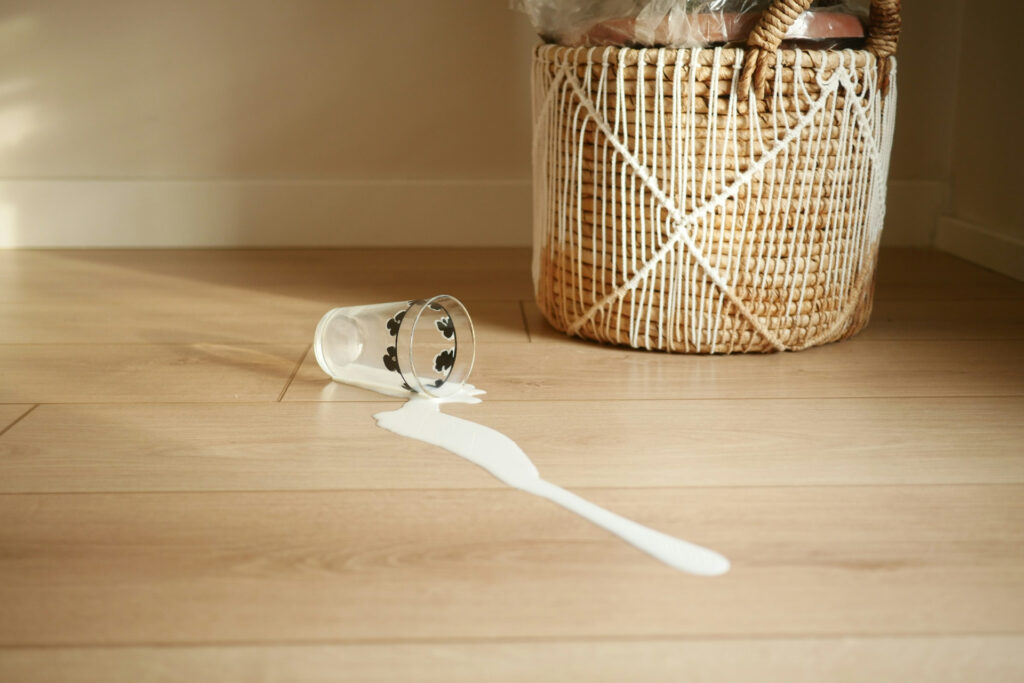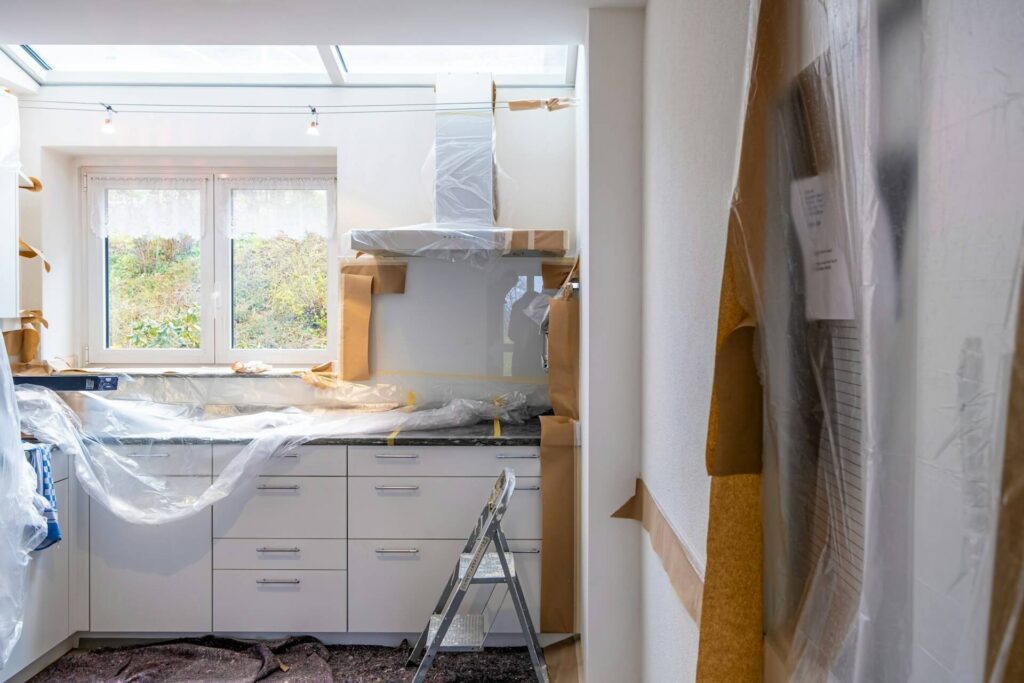
We are reader-supported. When you buy through links on our site, we may earn an affiliate commission.
Your home needs to withstand outdoor elements without issue. Homeowners often think everything’s fine if their roof looks good and their house is free of bugs, but don’t forget about the threats facing the storage area under your home. Learn some crawl space encapsulation tips to discover why so many people are making it their big 2025 renovation project.
What Is Crawl Space Encapsulation?
Crawl space encapsulation seals the exposed area underneath a house with thick sheets. The polyethylene plastic prevents water from entering between your foundation blocks or rising through the soil. Gaining more control over the water content in your crawl space also makes managing mold and humidity levels easier. If left unchecked, the mold could enter other areas of your home by growing into your floors or walls.
What Makes a Crawl Space Different From a Basement?
Crawl spaces are different from basements in numerous ways. They are often storage areas under the house that don’t provide enough vertical space to stand. They may have dirt floors, exposed foundation blocks and uneven flooring sloping down to a gravity drain.
Basements are full rooms under a house with finished walls and floors. While they might not have decorative elements like carpeting, basements are ready to use for things like food storage or an extra bedroom.
Crawl space storage may be as extensive as a basement because both can stretch underneath the entire length of a house. However, it may not have vertical room for shelving.
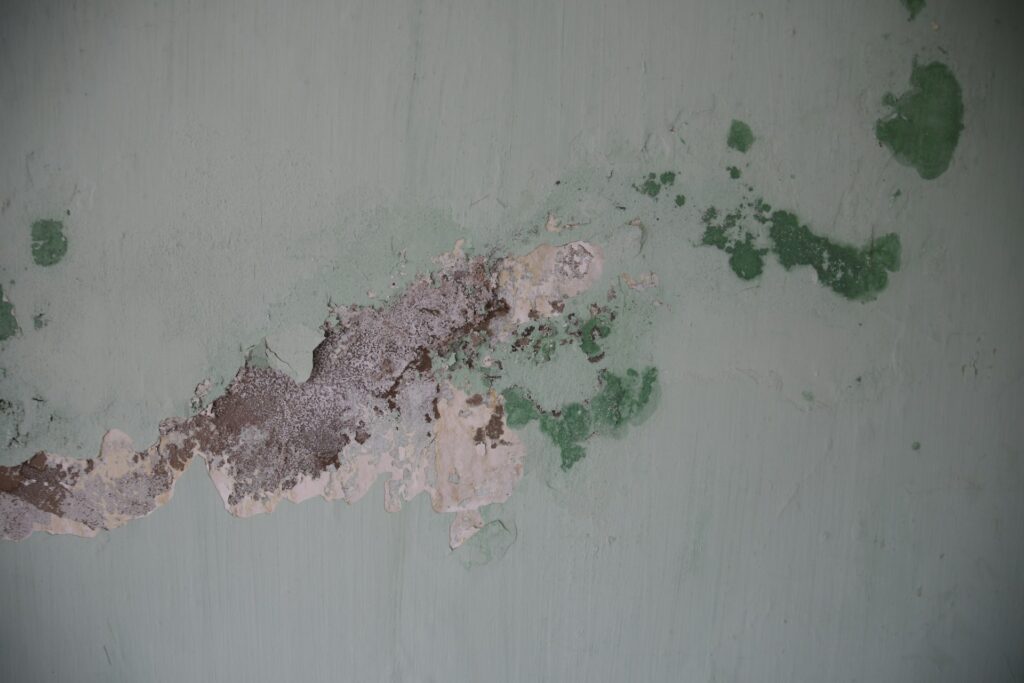
When Is Crawl Space Encapsulation Necessary?
You’ll know you need to consider a crawl space sealing project if you see any red flags in the underground area. Check for them throughout the year to avoid issues going unnoticed.
High Humidity Levels
Groundwater can increase the humidity level under your home, especially if you have a gravity drain system that works slowly. The vents around your crawl space are an excellent management tool. Experts estimate that airflow accounts for 98% of water vapor evaporation in buildings, so open vents are essential. However, standing water will add to humidity levels over time.
Mold or Mildew Growth
You’ll see mildew or mold growing in your crawl space if you have a humidity problem. Unfortunately, it’s hard to know whether either problem exists until there’s significant growth. If you see colorful splotches under your house, you may have a bigger mold problem than you think.
Notable Pest Infestations
Bugs live in crawl spaces like any other room in a home. Spiders, cockroaches and termites will invade the area if they can access it. While some spiderwebbing is normal in an unfinished crawl space, the pests may invade the rest of your house if you never inspect or seal the area.
Musty Lingering Odors
Foul odors can signal that there’s a water issue under your house. Standing water and high humidity can affect the wooden structure of your home or soak the soil until it smells bad. Inspecting your property is always good if you detect an odor that isn’t usually present.
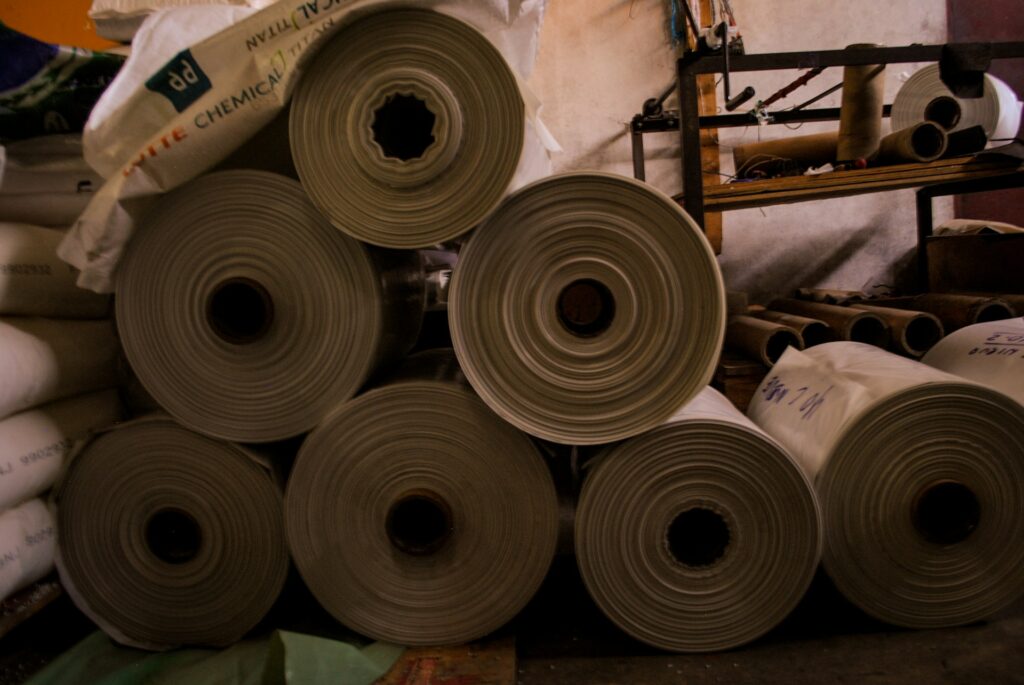
Steps to Seal the Area
When you’re ready to start your crawl space encapsulation project, follow simple steps to make the experience easy. You’ll
1. Get a Professional Inspection
Always start big household projects with professional inspections. You’ll get a free quote and pointers from someone with a trained eye. You’ll know where you have mold, standing water, pests and any other issues that need attention first.
Your quote will also clarify your next steps. The average encapsulation project costs between $5,000-$15,000, depending on the size of your crawl space. You may decide to manage the project yourself to save money.
2. Take Care of Pests and Mold
You’ll have to eliminate existing issues before applying your sealant products. Use a pest control product to kill and prevent bugs. Allow it to sit for the recommended time on the packaging.
Take care of lingering mold problems, too. You can spray a mold removal product on affected areas and scrub them clean. Run a dehumidifier for at least 24 hours closest to where the mold grew.
3. Test the Humidity Levels
After removing bugs and mold, test your humidity levels with a digital hygrometer. You’ll want to reach the range recommended during your professional inspection. The percentage depends on your water table and regional humidity levels. If the results are too high, it’s a good time to encapsulate the area.
4. Apply the Plastic Sheets
Polyethylene plastic sheets are powerful. They help people manage weed-infested lawns and gardens, so you might even have some at home already. Apply them down your crawl space walls, around piping, along any crawl space columns and across the exposed dirt floor. Double-sided construction tape will hold it in place to those vertical surfaces.
The sheets prevent new moisture from entering the space and trap humidity for further removal. Remember to make them cling to any permanent fixtures in your crawl space, like around the edges of your sump pump or over your gravity drain.
5. Double-Check the Lasting Product
When you finish hanging the sheets, double-check your work. Gently push on the double-sided tape to ensure there’s a good seal. Walk across the ground to see if water rises between any sheets or emerges from unnoticed tears.
If everything looks good, place a dehumidifier closest to where you had the most water or mold. Run it for at least 24 hours or longer. If you’re among the 52% of American homeowners planning a renovation project, the dehumidifier step is your time to recharge.
Test the humidity levels after 24 hours pass to estimate how much longer it needs to run to get your crawl space within the recommended range. Once it ranges the percentage provided during your professional inspection, you can switch to testing the airborne water content every few months.

Why Should Homeowners Encapsulate Their Crawl Spaces in 2025?
Climate change is a significant reason why homeowners should encapsulate their crawl spaces. The National Oceanic and Atmospheric Administration (NOAA) predicts a busier hurricane season than previous years. Your region may deal with intensified storms, rising groundwater levels and floods more often. Sealing your crawl space could minimize the damage if your groundwater table remains high through the fall.
Plan Your Crawl Space Upgrade This Year
Consider sealing the area under your home before 2025 is over. You’ll remove lingering issues that could cause lasting damage, like mold growth. Your home will withstand intense storms more effectively with extra underground protection through plastic sheeting.
